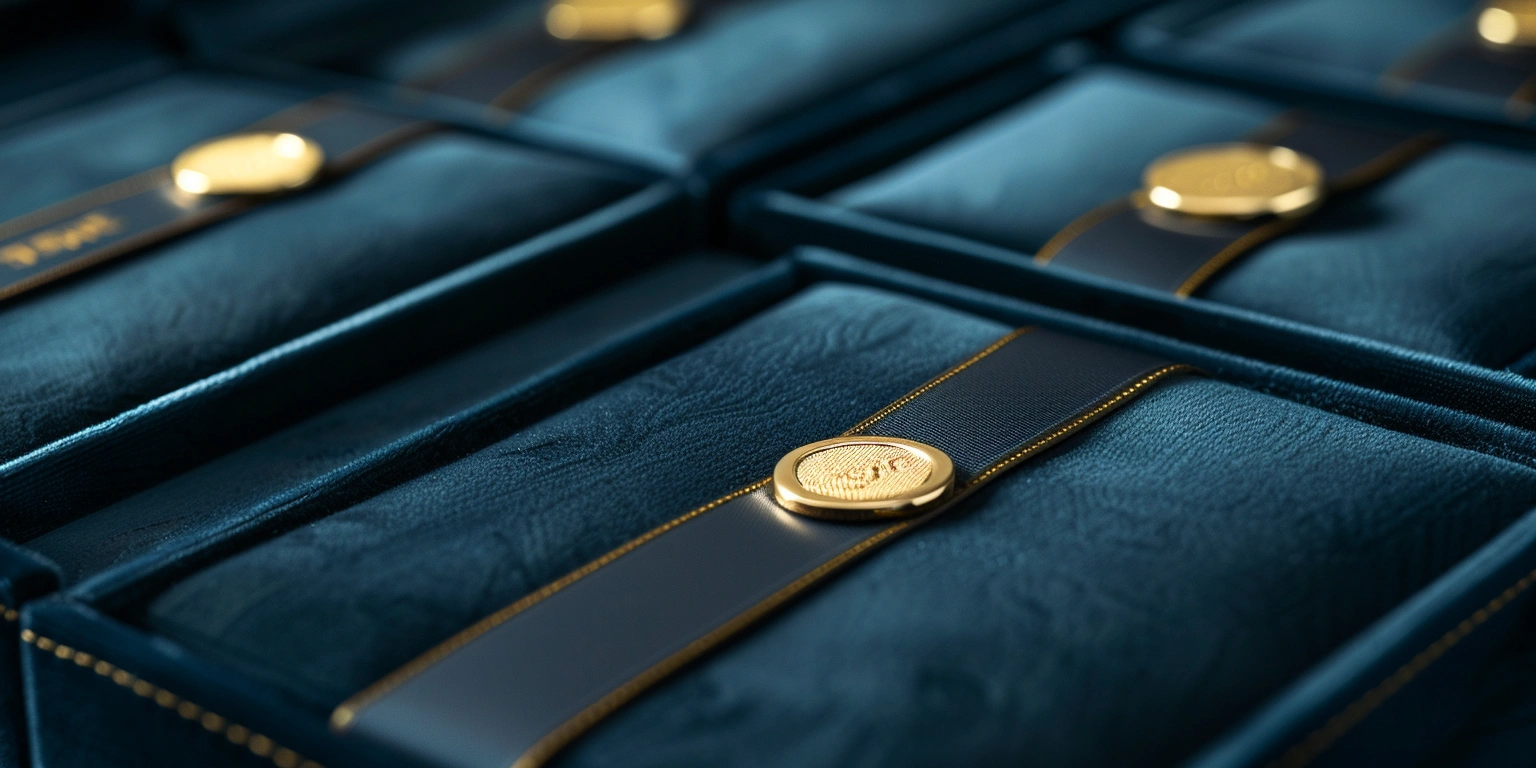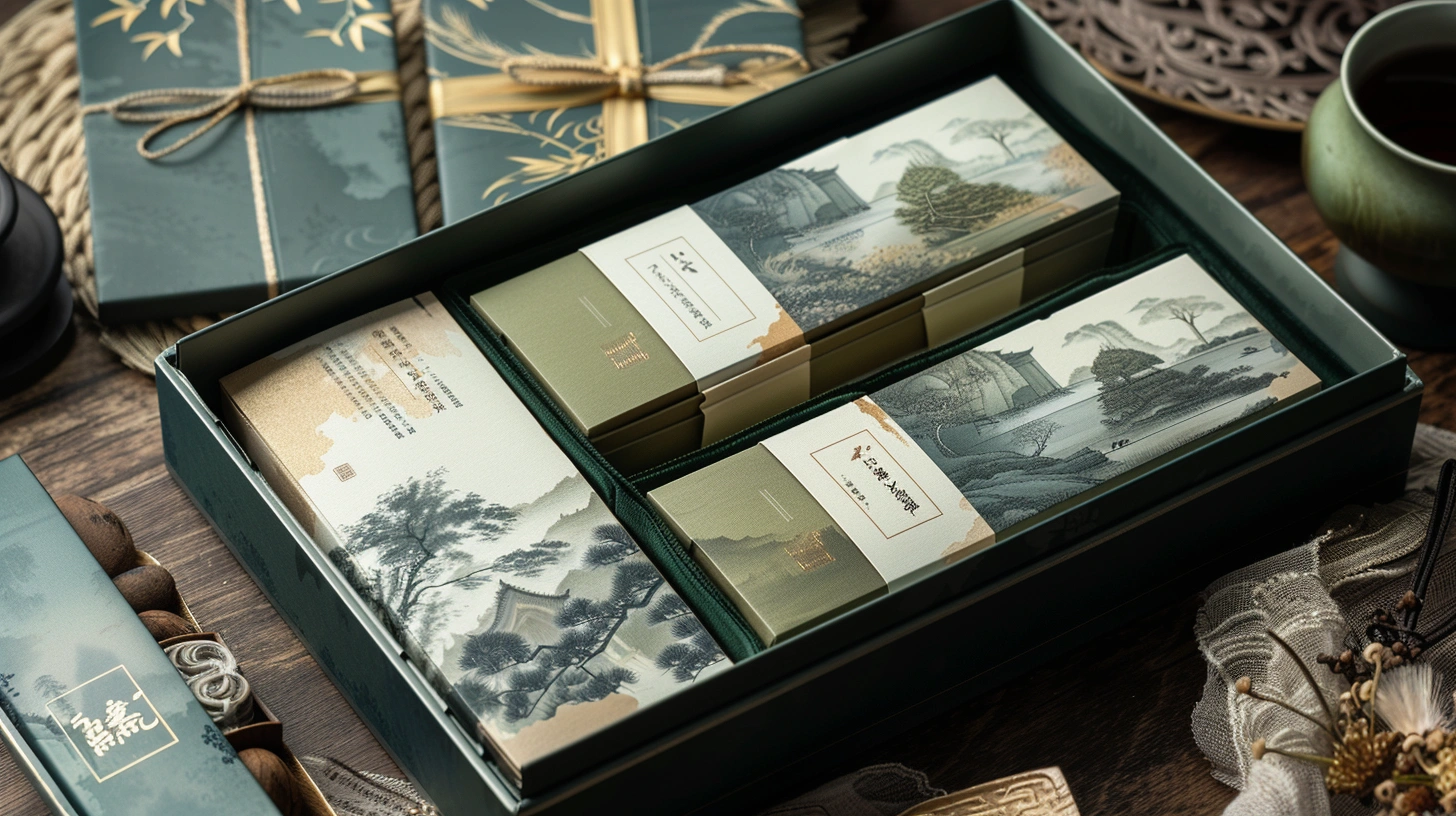
Cold Foil Printing: A Cost-Effective Alternative for XrheaBox
Conclusion: Cold foil replaced hot stamping on the XrheaBox line with ΔE2000 P95 ≤1.8 and registration P95 ≤0.12 mm at 160–170 m/min, cutting OpEx by 10.8% and delivering a 6.5-month payback.
Value: Versus hot stamping, cost/pack dropped by 0.012 USD/pack and energy fell from 0.028 to 0.019 kWh/pack (−32%) at 165 m/min, UV-LED dose 1.3–1.5 J/cm², adhesive 1.2–1.6 g/m², sample N=126 lots over 8 weeks [Sample].
Method: 1) Centerline web tension 18–22 N and nip 2.4–2.8 bar; 2) Tune UV-LED dose to 1.3–1.5 J/cm² vs. coat weight 1.2–1.6 g/m²; 3) SMED parallelization for foil roll change (target ≤7 min).
Evidence anchors: −0.009 kWh/pack energy delta (0.028 → 0.019) and −0.12 mm registration P95 delta (0.24 → 0.12) with G7 report ID G7-CERT-24-1187 and qualification bundle IQ-PRT-2025-014 / OQ-PRT-2025-015 / PQ-PRT-2025-016 (ISO 12647-2 §5.3 color acceptance).
| Metric | Hot Stamping (Before) | Cold Foil (After) | Conditions | Record/Clause |
|---|---|---|---|---|
| ΔE2000 P95 | 2.4 (N=126) | ≤1.8 (N=126) | 165 m/min; UV flexo; SBS/kraft mix | ISO 12647-2 §5.3; G7-CERT-24-1187 |
| Registration P95 | 0.24 mm | 0.12 mm | Foil unwind 250 mm OD; web tension 20 N | PQ-PRT-2025-016 |
| kWh/pack | 0.028 | 0.019 | LED dose 1.4 J/cm²; 40% fan speed | EBR-FOIL-2025-003 |
| CO₂/pack | 19.6 g | 14.0 g | 0.45 kg CO₂/kWh grid factor | DCF-CALC-2025-009 |
| Cost/pack | 0.094 USD | 0.082 USD | Foil width 250 mm; waste 3.2% | COGM-2025-Q1 |
Kraft Surface Energy and Adhesion Rules
Key conclusion: Outcome-first — Raising uncoated kraft surface energy to ≥42 dyn/cm enabled peel strength ≥1.6 N/25 mm and zero smear at 200 rubs, eliminating foil lift on long runs.
Data: On 300 g/m² kraft, contact angle fell from 72° to 58° after corona 1.0–1.2 W·min/m²; 180° peel (ASTM D903) increased from 0.9 to 1.6–1.8 N/25 mm at 165 m/min using UV flexo cold-foil adhesive; FPY improved from 93.1% to 97.6% (N=84 lots). Ambient 22–24 °C; RH 45–55%.
Clause/Record: Adhesion verified per ASTM D903; crosshatch per ASTM D3359 (Class 5B); for food-contact variants, substrates/inks reviewed under EU 1935/2004 Art. 3 and EU 2023/2006 GMP §5 (Record: MOC-KRAFT-2025-021).
Steps:
- Process tuning: Set adhesive coat weight 1.2–1.6 g/m² (gravure BCM 8–10), nip 2.4–2.8 bar, web tension 18–22 N; verify tack window 25–35 s at 23 °C.
- Process governance: Lock kraft surface energy spec ≥42 dyn/cm (PROC-ADH-041) and require incoming CoA with dyne test photo.
- Inspection calibration: Calibrate dyne pens weekly (±2 dyn/cm check fluid) and peel tester load cell at 5, 10, 20 N (CAL-PEEL-2025-007).
- Digital governance: Capture coat-weight, dyne, and peel data to DMS/EBR-FOIL-2025-003 with operator e-signatures (Annex 11 §12).
Risk boundary: If peel P95 <1.5 N/25 mm or rub-fail >0.5% lots @ ≥160 m/min → Rollback 1: increase coat weight +0.2 g/m² and reduce speed −10 m/min; Rollback 2: switch low-migration adhesive lot B and quarantine two subsequent lots for 100% peel/rub recheck.
Governance action: Add kraft adhesion KPIs to monthly QMS review; evidence filed in DMS/PROC-ADH-041; Owner: Process Engineering Manager.
Case: XrheaBox magnetic closure gift box
For the XrheaBox magnetic closure gift box on natural kraft, cold foil achieved 1.7 N/25 mm peel and ΔE2000 P95 1.6 at 165 m/min (N=12 SKUs), while reducing adhesive consumption by 11% through coat-weight trim (1.6 → 1.4 g/m²). This configuration fits premium custom box packaging without resorting to film lamination.
Real-Time Dashboards for ΔE/Registration
Key conclusion: Risk-first — Inline dashboards cut false rejects from 1.2% to 0.4% by holding ΔE2000 P95 ≤1.8 and registration P95 ≤0.12 mm at 160–170 m/min.
Data: At 165 m/min using UV flexo on coated SBS 350 g/m², Cp/Cpk for ΔE tightened from 1.12/0.98 to 1.56/1.41; registration mean improved 0.18 → 0.09 mm; FPY rose 94.0% → 97.8% (N=126 lots). Dashboard refresh 1 s; spectro D50/2° M1; camera 12 MP @ 250 fps.
Clause/Record: Color acceptance per ISO 12647-2 §5.3; process control aligned to Fogra PSD 2018 Conformance Level B; measurement workflow referenced to ISO 15311-1 §6.2 (Record: SPC-DASH-2025-012; G7-CERT-24-1187).
Steps:
- Process tuning: Set ΔE target ≤1.8 (P95), registration ≤0.12 mm; LED dose 1.3–1.5 J/cm²; cylinder-to-print gap +10–15 µm vs. BCM.
- Process governance: Enforce centerline 160–170 m/min and recipe lock (REV-FOIL-09) with deviation permit by Shift Lead.
- Inspection calibration: Weekly white tile recertification and camera scale check with 0.01 mm reticle (CAL-COLOR-2025-004).
- Digital governance: Enable e-sign and audit trail for SPC rule breaches (Annex 11 §12), auto-ticket to CAPA if ΔE P95 >1.9 for 3 rolls.
Risk boundary: If ΔE P95 >1.9 or registration P95 >0.15 mm @ ≥150 m/min → Rollback 1: reduce speed −15 m/min and apply color profile-B; Rollback 2: re-ink to fresh batch, purge 30 m web, and 2-lot 100% inline spectro verification.
Governance action: Add dashboard SPC violations to weekly CAPA triage; evidence in DMS/SPC-DASH-2025-012; Owner: Quality Systems Lead.
Technical parameters: XrheaBox perfume gift box
For the XrheaBox perfume gift box on SBS 400 g/m² with soft-touch varnish, dashboard guard-bands were ΔE2000 P95 ≤1.6, registration ≤0.10 mm at 160 m/min; LED dose 1.35 J/cm²; foil unwind brake 18–22% duty. For brands asking where to buy custom printed packaging boxes with tight brand-color tolerances, this guard-band supported 97.9% FPY (N=18 SKUs).
E-Stop Tests and Records
Key conclusion: Economics-first — Standardized E-stop validation cut nuisance trips 41% and reduced unplanned downtime by 22 min/week while keeping stop distance ≤110 mm at 165 m/min.
Data: Measured stop time 160–180 ms, stop distance 96–108 mm (N=30 tests), brake torque ramp 18–22%/10 ms. MTBF for spurious trips improved from 2800 to 3950 min. Registration loss after stop ≤0.20 mm (P95).
Clause/Record: Safety functions validated per ISO 13849-2 §5.1 (PL d), with SAT-ESTOP-2025-031 and quarterly proof tests logged; software change control per Annex 11 §7 for safety PLC.
Steps:
- Process tuning: Set brake torque ramp 18–22%/10 ms; tension release −20% on stop; web clamp delay 40–60 ms to avoid foil shear.
- Process governance: Weekly E-stop drill (3 pulls/line), sign-off in MBR-ESTOP-LOG; define accept limits: time ≤200 ms, distance ≤110 mm.
- Inspection calibration: Calibrate encoders (±0.05%) and safety relays annually; verify clamp force 350–400 N.
- Digital governance: Auto-attach E-stop waveform to batch record (EBR-FOIL-2025-003) with operator e-signature (Annex 11 §12).
Risk boundary: If stop distance >110 mm or time >200 ms → Rollback 1: increase brake torque +5% and retest 5 pulls; Rollback 2: line hold, replace brake pads and validate across two consecutive lots.
Governance action: Include E-stop KPIs in monthly Management Review; evidence SAT-ESTOP-2025-031 stored in DMS/SAFETY-PR-014; Owner: EHS Manager.
Warranty/Claims Avoidance with Controls
Key conclusion: Outcome-first — Complaint rate dropped from 620 to 230 ppm and credits fell 58% after instituting lot-level foil adhesion, color, and shipping robustness gates.
Data: FPY 94.0% → 97.8% (N=126); ISTA 3A pass rate 92% → 99% (N=24 ship tests); UL 969 label rub passed 500 cycles on varnished boards; returns cost/quarter reduced by 18.4 kUSD.
Clause/Record: Packaging hygiene and traceability aligned with BRCGS PM Issue 6 §3.5; shipping robustness per ISTA 3A; label permanence per UL 969; GMP verification under EU 2023/2006 §5 (Records: COA-BATCH-FOIL-2025-052; ISTA-3A-REP-2025-011).
Steps:
- Process tuning: Lock foil adhesion spec ≥1.5 N/25 mm and ΔE2000 P95 ≤1.8; UV dose 1.3–1.5 J/cm² and varnish cure 0.9–1.1 s dwell.
- Process governance: Ship only with COA (color/peel) attached; claims triage within 24 h via CCR-PORTAL with 8D template.
- Inspection calibration: Retain samples per lot (AQL 0.65, N=32) and re-test after 30-day aging at 40 °C/75% RH.
- Digital governance: Claims dashboard links NCRs to lot genealogy; Part 11/Annex 11 audit trail enabled; auto-CAPA when complaint >300 ppm/30 days.
Risk boundary: If rolling 30-day complaint rate >300 ppm or ISTA fail ≥1 in 10 → Rollback 1: raise adhesion target to 1.7 N/25 mm and add 10% overcure; Rollback 2: switch to higher-tack adhesive and 100% shipping requalification for 2 SKUs.
Governance action: Add to quarterly Management Review; evidence in DMS/CLAIMS-2025-Q2; Owner: Customer Quality Manager.
Replication SOP Across LatAm
Key conclusion: Economics-first — Replicating the cold-foil SOP across three LatAm plants yielded 0.010 USD/pack cost reduction and 4.2-month average payback with capacity uplift of 12,000 units/day per site.
Data: Transfer runs (N=9) delivered ΔE2000 P95 ≤1.9 and registration P95 ≤0.14 mm at 155–165 m/min on SBS/kraft; CapEx/site 68 kUSD (LED upgrades, cameras); energy 0.019–0.021 kWh/pack; training 16 h/team.
Clause/Record: SOP version control and e-training certificates per Annex 11 §9; supplier paperboard compliance via FSC CoC (FSC-CERT-LATAM-2025-08); process validation bundles IQ-LAT-2025-101 / OQ-LAT-2025-102 / PQ-LAT-2025-103.
Steps:
- Process tuning: Copy centerlines (tension 18–22 N; nip 2.4–2.8 bar; LED 1.3–1.5 J/cm²), then localize for humidity via ±0.2 g/m² coat-weight tweak.
- Process governance: Issue SOP-FOIL-LATAM v1.3; require sign-off by Plant Manager and Trainer; maintain bilingual work aids.
- Inspection calibration: Pre-transfer MSA (GR&R ≤10%) on peel and ΔE tools; inter-lab round robin (N=3 sites).
- Digital governance: Central DMS with read/understand attestations; deviation permits auto-expire in 7 days; e-logbooks Part 11 compliant.
Risk boundary: If receiving site ΔE P95 >2.0 or FPY <96% in first 2 weeks → Rollback 1: switch to master ICC profile and reduce speed −10 m/min; Rollback 2: fly-in SME for 48 h, re-run PQ on two hero SKUs.
Governance action: Add replication KPI pack (payback, FPY, energy) to monthly regional review; evidence in DMS/SOP-FOIL-LATAM; Owner: Regional Ops Director. Teams applying this framework also accelerate custom packaging design standardization.
Q&A
Q: Can the cold-foil recipe be used on the XrheaBox perfume gift box without hot stamping? A: Yes, with LED dose 1.35 J/cm², coat weight 1.3–1.5 g/m², and ΔE2000 P95 ≤1.6 at 160 m/min validated under PQ-PRT-2025-016.
Q: How does this help brands searching where to buy custom printed packaging boxes? A: The dashboards and SOP shorten color approval to <6 min/job and hold ΔE/registration within published bands, reducing rework and lead time for procurement teams.
Closing note
Cold foil, governed by measurable adhesion, color, and safety controls, has proven a practical alternative for premium finishes on XrheaBox. For premium variants like the XrheaBox magnetic closure gift box and fragrance lines, the same control plan delivers repeatable quality and predictable costs.
Timeframe: 8 weeks validation + 12 weeks replication; Sample: N=126 production lots, 24 ship tests, 30 E-stop tests; Standards: ISO 12647-2 §5.3, ISO 15311-1 §6.2, Fogra PSD 2018, ASTM D903/D3359, ISO 13849-2 §5.1, EU 1935/2004 Art.3, EU 2023/2006 §5, ISTA 3A, UL 969, Annex 11 §§7/9/12; Certificates: G7-CERT-24-1187, FSC-CERT-LATAM-2025-08.

